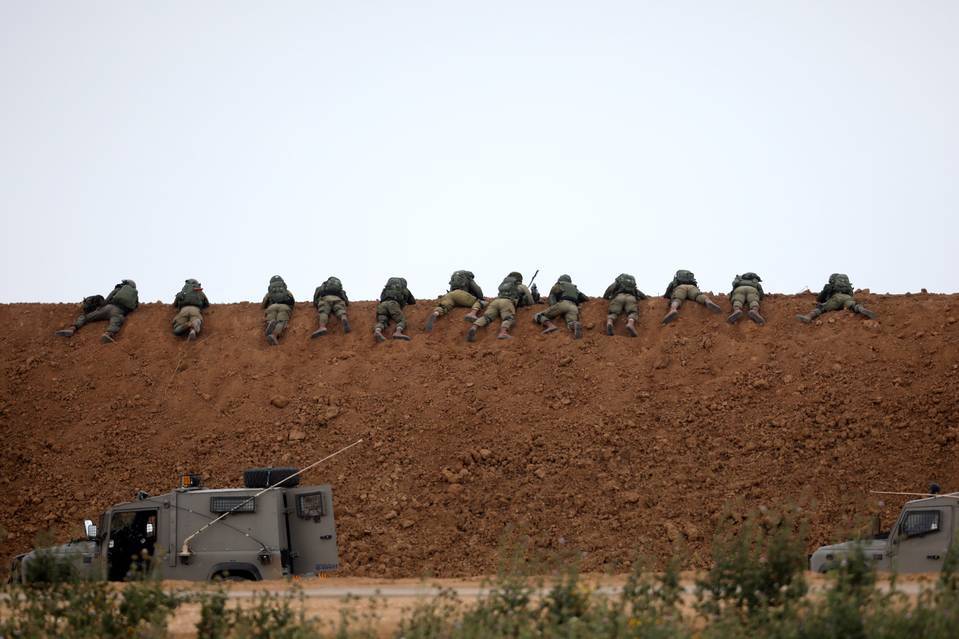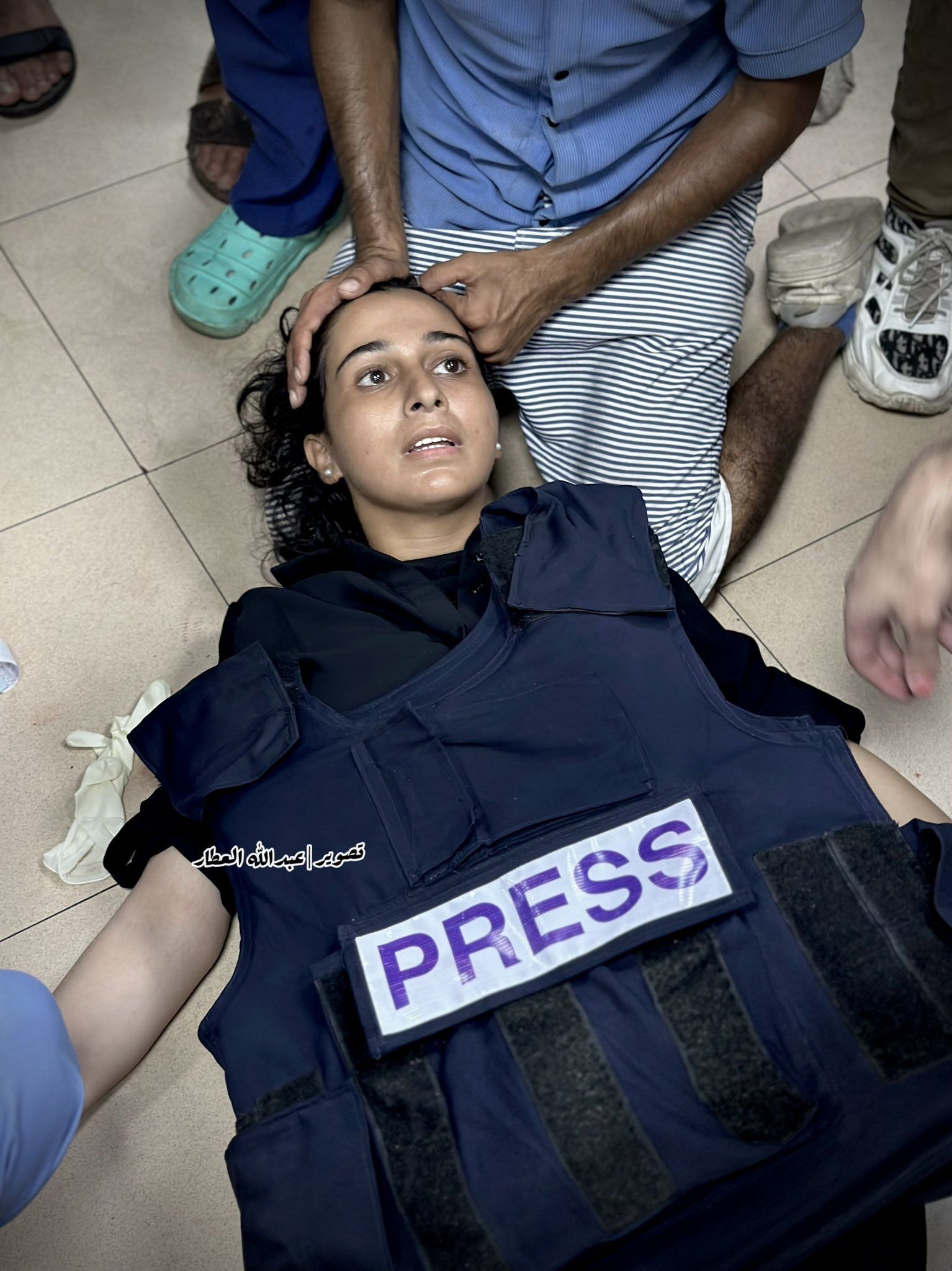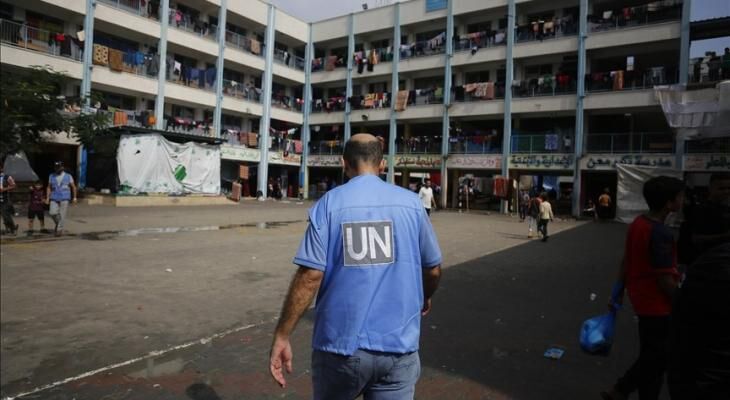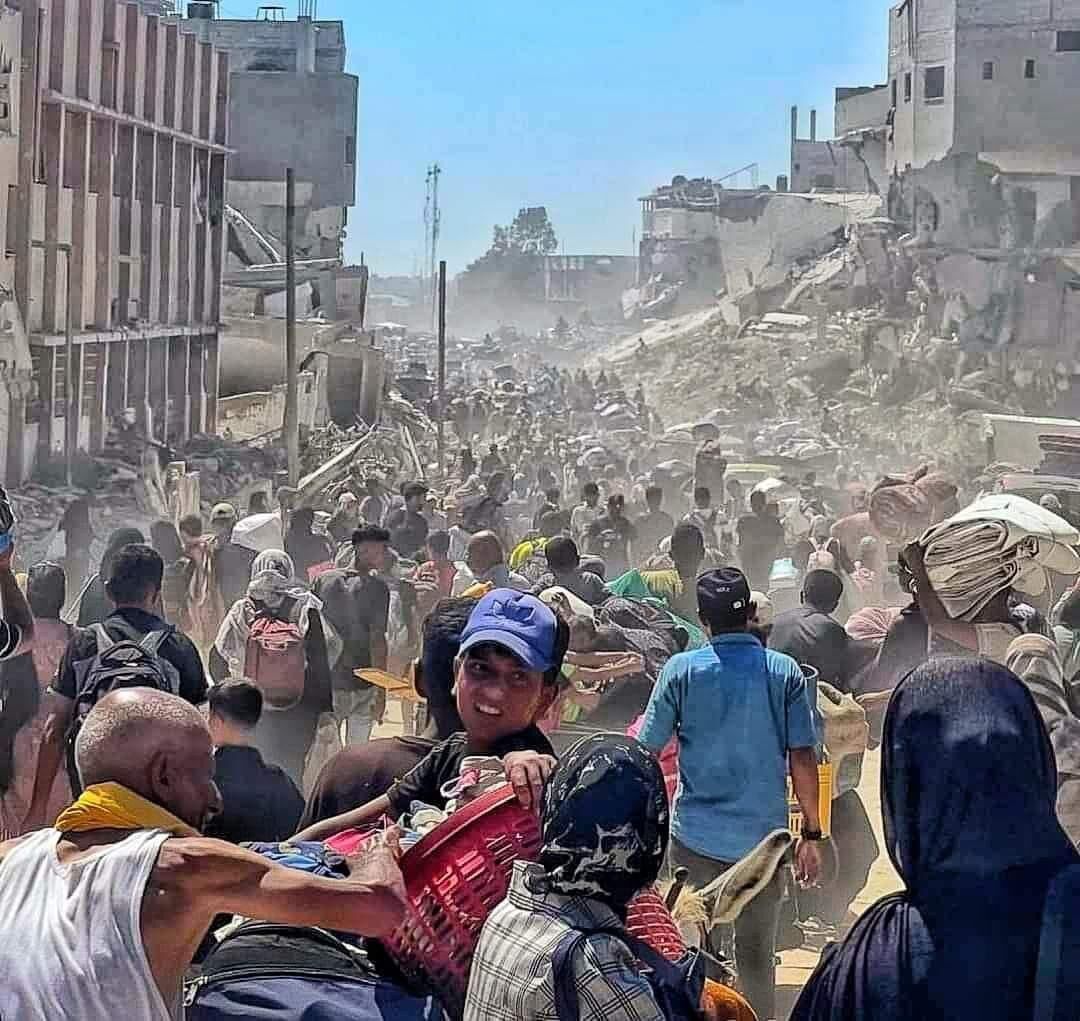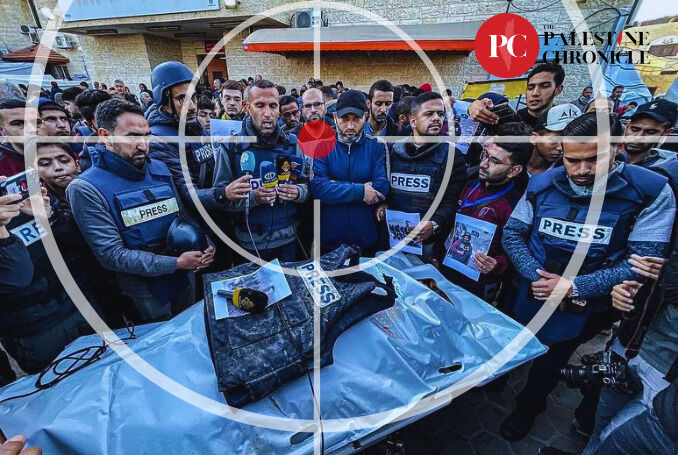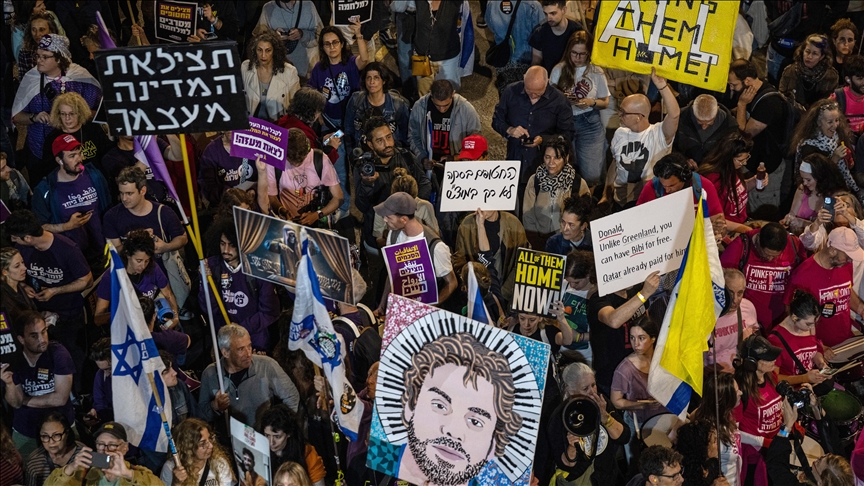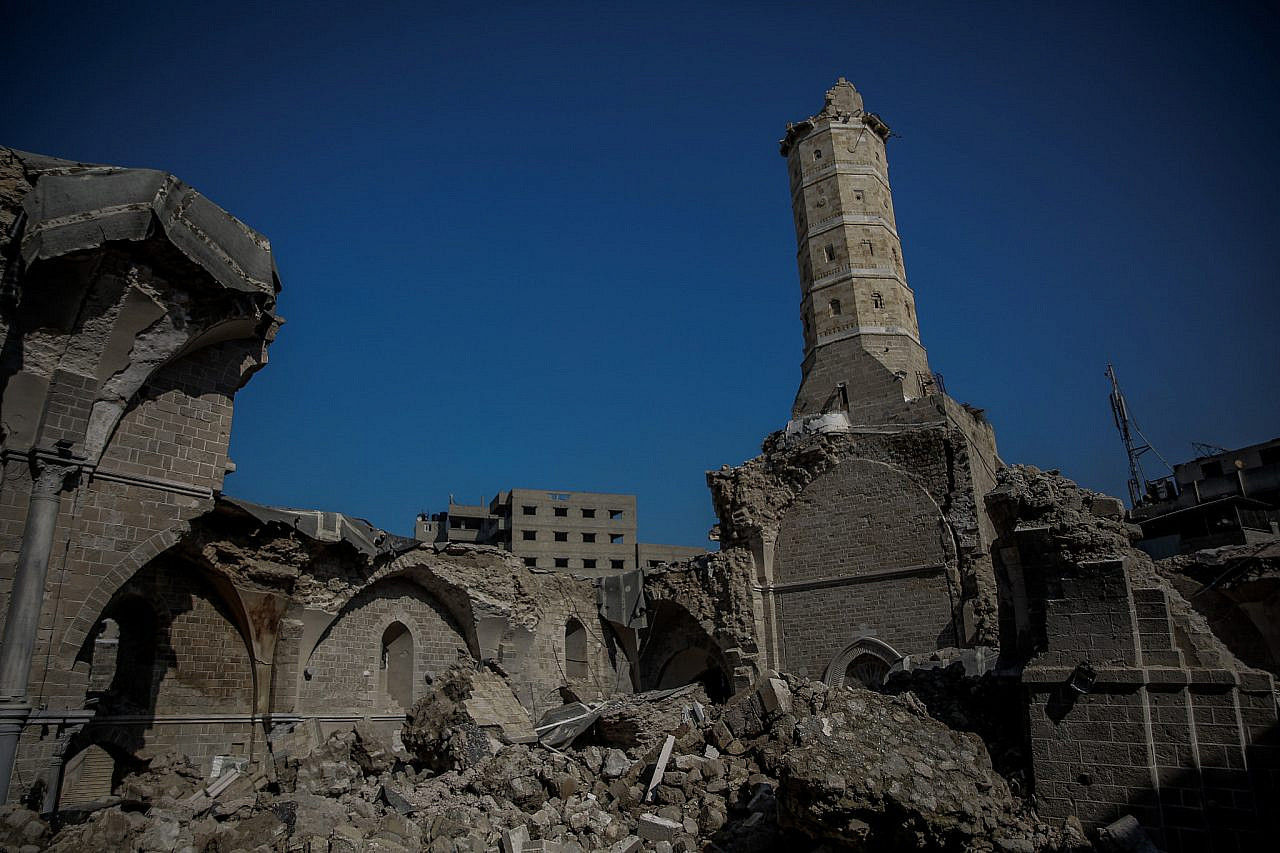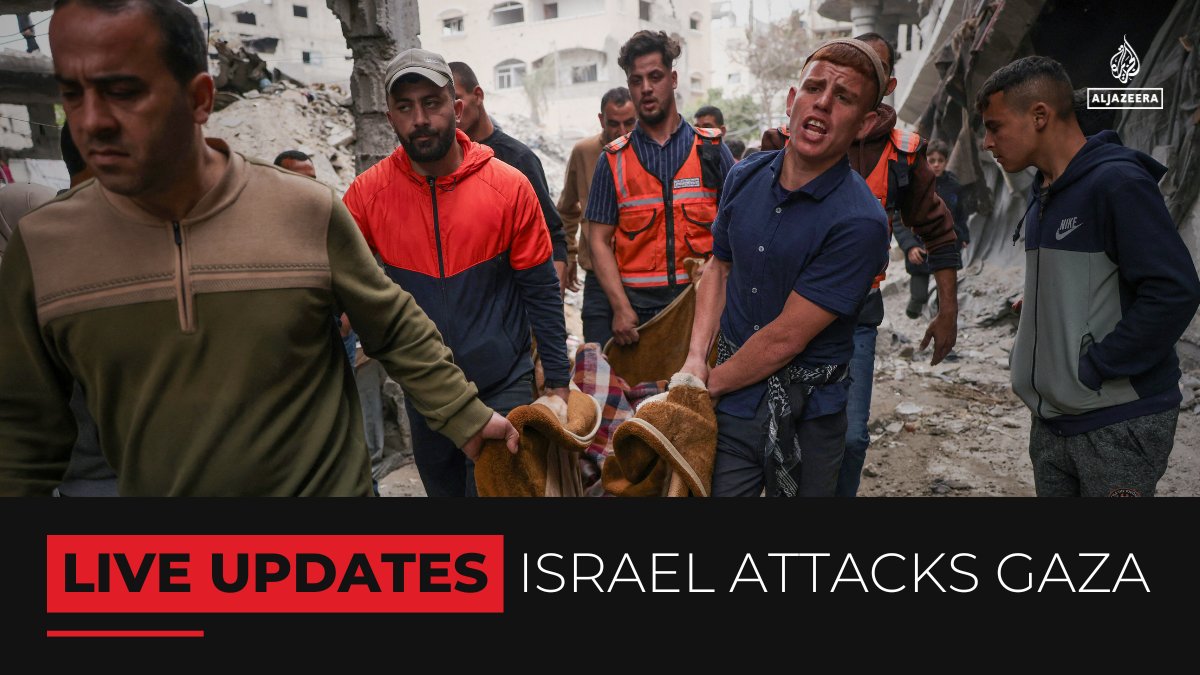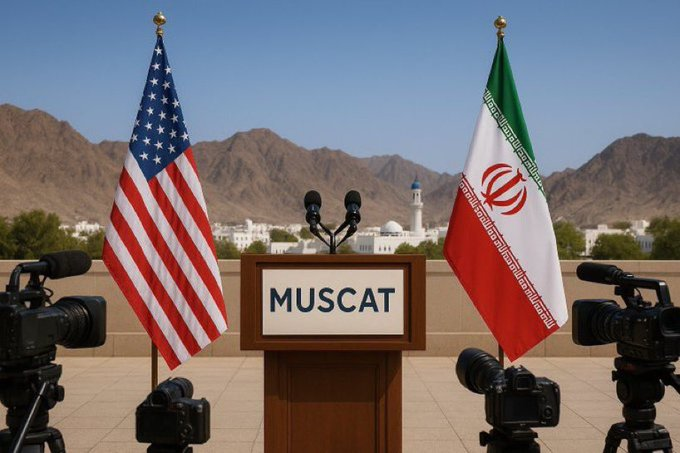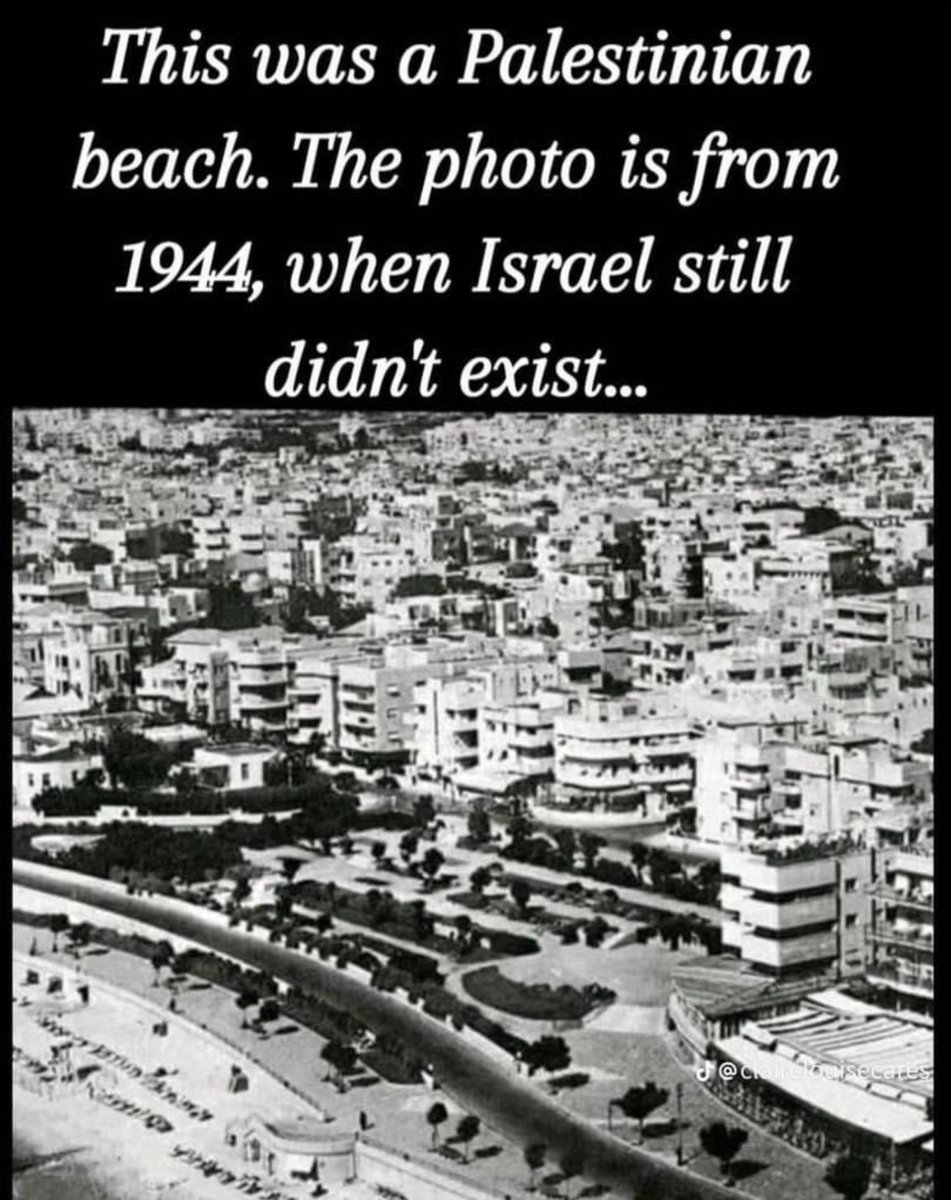The Israeli army is increasingly targeting schools that provide shelter for the displaced population in Gaza City, killing and wounding hundreds of them in the process. It has also issued orders for the illegal forced evacuation of Gaza from the north to the south, in a systematic effort fueled by revenge to drive residents from their homes and places of displacement and rob them of any stability.
In just eight days, Israeli aircraft attacked nine schools in Gaza City that served as shelters for thousands of displaced people. They destroyed the schools above the heads of the occupants, killing 79 Palestinians and injuring 143 more—mostly women and children—in addition to several other victims who were buried beneath the rubble and could not be retrieved due to the lack of the necessary tools.
The latest of these attacks occurred on Thursday, 8 August, at 3:00 p.m. when Israeli aircraft bombed the Al-Zahraa and Abdul Fattah Hamouda schools in the Al-Tuffah neighbourhood east of Gaza City, where thousands of displaced people are housed. The attack resulted in the deaths of 17 civilians and the injuries of dozens more, many of whom were women and children. Sixteen more were reportedly missing under the rubble
Last Sunday, on 4 August, Israeli aircraft bombed the Al-Nasr and Hassan Salama schools in Gaza City, killing 30 Palestinians and wounding 19 others. The day before, Israeli planes attacked four schools in the Sheikh Radwan neighbourhood of eastern Gaza that were being used as shelter centres; 17 Palestinians were killed and 60 others were injured in the attack. Earlier this month, Israeli aircraft bombed the Dalal Al-Maghribi school in the Shuja’iyya neighbourhood of eastern Gaza, leaving 15 dead and 29 injured.
Although the Israeli army repeatedly attempts to justify the bombings by claiming that they target military or political figures, without providing evidence to support these claims, the bombing and destruction of schools above the heads of displaced people inside them has no valid justification and serves no military purposes.
Initial investigations by Euro-Med Human Rights Monitor’s field team indicate that the Israeli army deliberately destroyed the remaining shelter centres to deny Palestinians the few remaining places to seek refuge after the systematic destruction of homes and shelters, including schools and public facilities, over the past ten months.
By continuing to bomb the entire Gaza Strip and concentrating on shelters, such as those housed in UNRWA schools, the Israeli bombing strategy clearly indicates a policy intended to deprive Palestinians of security and stability, if only temporarily.
In the course of their ten-month military attack on the Gaza Strip, Israeli forces continue to bomb civilian targets, kill large numbers of civilians, target refugee centres—the majority of which are housed in UN facilities—and carry out mass murders there, all of which are considered crimes against humanity and full-fledged war crimes.
The last four days have seen new forced evacuation orders for tens of thousands of residents in Khan Yunis, the central governorate, and northern Gaza. These events coincide with the policy of bombing shelter centres in Gaza City, suggesting that Israel is purposefully stepping up the evacuation orders to force Palestinians to leave their destroyed homes without even the option to resettle in nearby tents.
In its crime of genocide, ongoing since 7 October, Israel has adopted a systematic policy of targeting the civilian population of the Gaza Strip, in blatant disregard of the civilian protections mandated by international humanitarian law. This includes Israel’s targeting of areas designated as humanitarian zones, as well as its increased bombing of shelters and relocation centres over the heads of the displaced in an effort to impose forced relocation and destroy all essentials of life.
A series of displacement orders targeting large residential communities in Khan Yunis, in the southern Gaza Strip, have been issued by the Israeli army in recent days. The most recent of these orders was issued on Thursday evening, 8 August, and it included all of the eastern towns of Khan Yunis as well as the city centre’s neighbourhoods, Sheikh Nasser, Al-Satar, and Al-Mahta, which are communities with over 200,000 residents. These orders coincided with aerial and artillery bombardment and the beginning of a ground incursion into the eastern outskirts of the city.
Concurrently, the Israeli army distributed incitement leaflets against leaders of the Palestinian factions. This suggests that the purpose of these directives and military actions is not military necessity but rather acts of incitement and retaliation against the locals and displaced people, whom Israel targets to exact political pressure and retaliation
Last Wednesday the Israeli army issued new evacuation orders for tens of thousands of residents in Beit Hanoun town and the Al-Manshiya and Sheikh Zayed neighbourhoods in northern Gaza, ordering them to head to the west of Gaza City, which was also bombed. The following day, the evacuation order was modified to direct residents to relocate to the central Gaza Strip, to Al-Zawayda and Deir al-Balah. These areas were heavily targeted by Israeli raids and bombings, including one that destroyed tents housing displaced people inside the Shuhada al-Aqsa Hospital in Deir al-Balah, resulting in the deaths of three Palestinians and the injuries of eighteen more.
Civilians in the Gaza Strip are paying the price for Israeli military attacks that violate with impunity the rules of international humanitarian law, especially the principles of distinction, proportionality, and military necessity.
Accordingly, all countries must fulfil their international obligations by enacting effective sanctions against Israel and ceasing all forms of military, political, and financial assistance. This includes immediately cutting off arms exports to Israel; otherwise, these nations must be found to be complicit in crimes that have been committed in the Gaza Strip, including genocide.
As genocide is one of the international crimes that the International Criminal Court is mandated to investigate, it is imperative that the Court move forward with its investigation of all crimes committed by Israel in the Gaza Strip, broaden its investigation into all individuals responsible for these crimes, and issue arrest warrants against them.
Euro-Med Human Rights Monitor

